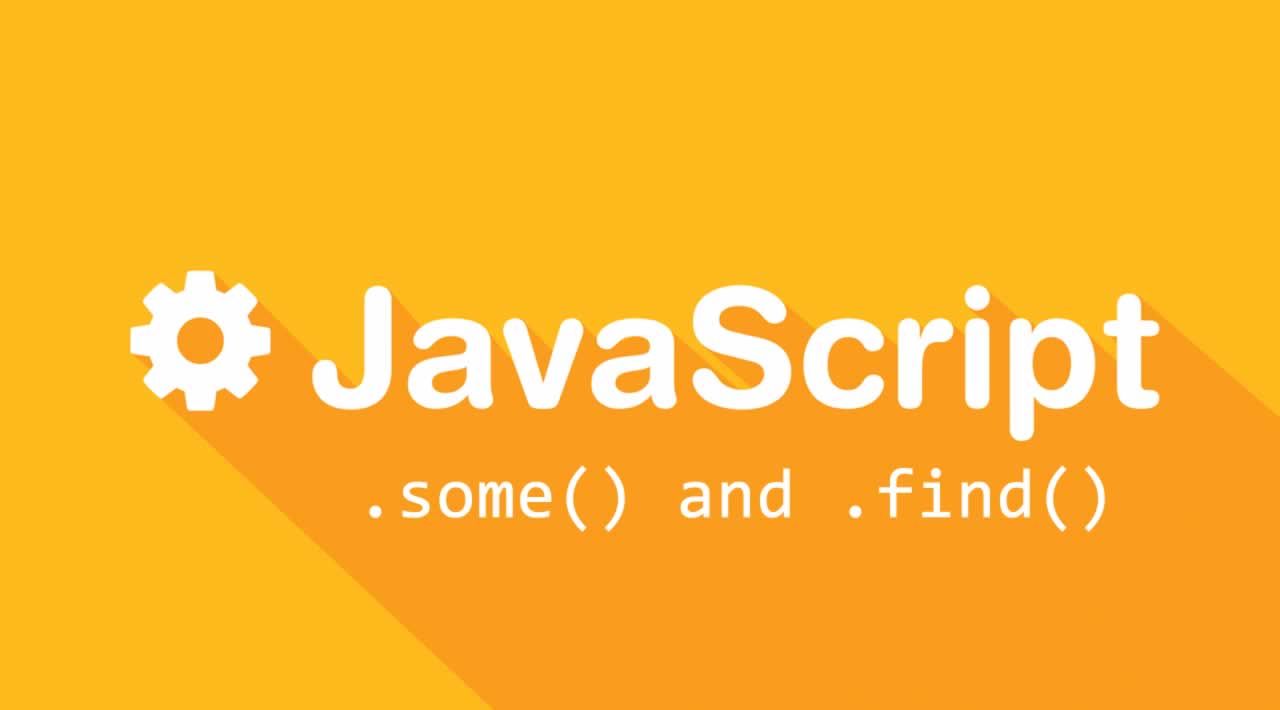Simplify Your JavaScript with .some() and .find()
Originally published by Etienne Talbot at https://medium.com
I thought I should share two more array methods that are useful tools in a JavaScript developer’s arsenal: .some() and .find().
Let’s dive!
.some() JavaScript
This array method helps you determine if one or more of its values correspond to something you’re looking for. If that doesn’t sound clear to you, let me illustrate with an example…
Here’s a list of operatives working for your super secret organization:
var operatives = [
{ id: 12, name: 'Baze Malbus', pilot: false },
{ id: 44, name: 'Bodhi Rook', pilot: true },
{ id: 59, name: 'Chirrut Îmwe', pilot: false },
{ id: 122, name: 'Jyn Erso', pilot: false }
];
You want to know if there are any pilots among your operatives. There are many ways to achieve that goal. Most people will probably use .forEach() and do something like this:
var listHasPilots = false;operatives.forEach(function (operative) {
if (operative.pilot) {
listHasPilots = true;
}
});
That’s a lot of lines just to see if the list contains a pilot. Let’s try using .some()!
var listHasPilots = operatives.some(function (operative) {
return operative.pilot;
});
We can even be more concise with arrow functions (requires ES6 support, Babel or TypeScript)
const listHasPilots = operatives.some(operative => operative.pilot);
How does it work?
Well, you pass .some() a function as the argument. That function runs for each value in the array. You can then see if the value fits the condition you’ve written. The function must return a boolean (although a truthy/falsy value works as well). As soon as one true is returned, .some() will itself return true. If none of the values, when processed in your condition, return true (if they all return false), then .some() will return false.
Note that as soon as a single true is returned, .some() will stop checking the other array values. In our example above, the function only runs twice as the second operative, Bodhi Rook, is a pilot. No need to check for other pilots.
TL;DR : if some of your array values correspond to what you’re looking for, .some() will return true. If not, it’ll return false.
.every() JavaScript
As was pointed out in the comments, know that you can also check if every value of the array matches your condition by using .every() . It works exactly like .some(), but will return true only if every occurence match.
.find() JavaScript
This array method does exactly what it says: it finds what you’re looking for. In a nutshell, .find() will return the first value that corresponds to the passed condition. Let’s see it in action with the same data as earlier.
Here is our list of operatives:
var operatives = [
{ id: 12, name: 'Baze Malbus', pilot: false },
{ id: 44, name: 'Bodhi Rook', pilot: true },
{ id: 59, name: 'Chirrut Îmwe', pilot: false },
{ id: 122, name: 'Jyn Erso', pilot: false }
];
It’s the same as before, except this time instead of asking ourselves if we have a pilot in our ranks, we want the profile of that pilot! Let’s output the value we need using .find() :
var firstPilot = operatives.find(function (operative) {
return operative.pilot;
});
Even shorter with ES6’s arrow functions:
const firstPilot = operatives.find(operative => operative.pilot);
As you can see the code is exactly the same as with .some() , the only difference is that we changed some for find ! But now, instead of returning a boolean, it will return the first pilot in our list.
Let me emphasize: .find() will return the first match. If more values match your condition, it won’t matter. Only the first match will be returned. If you need a list of all matches, then you should use .filter() instead of .find() .
If no match is found, .find() will return undefined .
Advantages
Using .find() and .some() instead of common loops like .for or .forEach() not only makes your code shorter, but also makes your intent clearer. A loop could be used to do anything, but using .find() states that you are looking for one particular array item. As for .some() , you are clearly checking if the array contains items that fit your needs or not.
Make your code clearer! Use .find() and .some() when relevant.
That’s it!
Hopefully you’ve learned something new. Share the knowledge with your fellow developers!
Do you know of more JavaScript gems that could help the JS community write cleaner, simpler code? If so, leave a comment and I will try to write a blog post about it.
Keep coding!
Thanks for reading ❤
If you liked this post, please do share/like it with all of your programming buddies!
Follow us on Facebook | Twitter
Further reading
☞ JavaScript Programming Tutorial - Full JavaScript Course for Beginners
☞ Top 10 JavaScript array methods you should know
☞ New ES2019 Features Every JavaScript Developer Should Know
☞ Best JavaScript Frameworks, Libraries and Tools to Use in 2019
☞ JavaScript Basics Before You Learn React
#javascript #web-development
